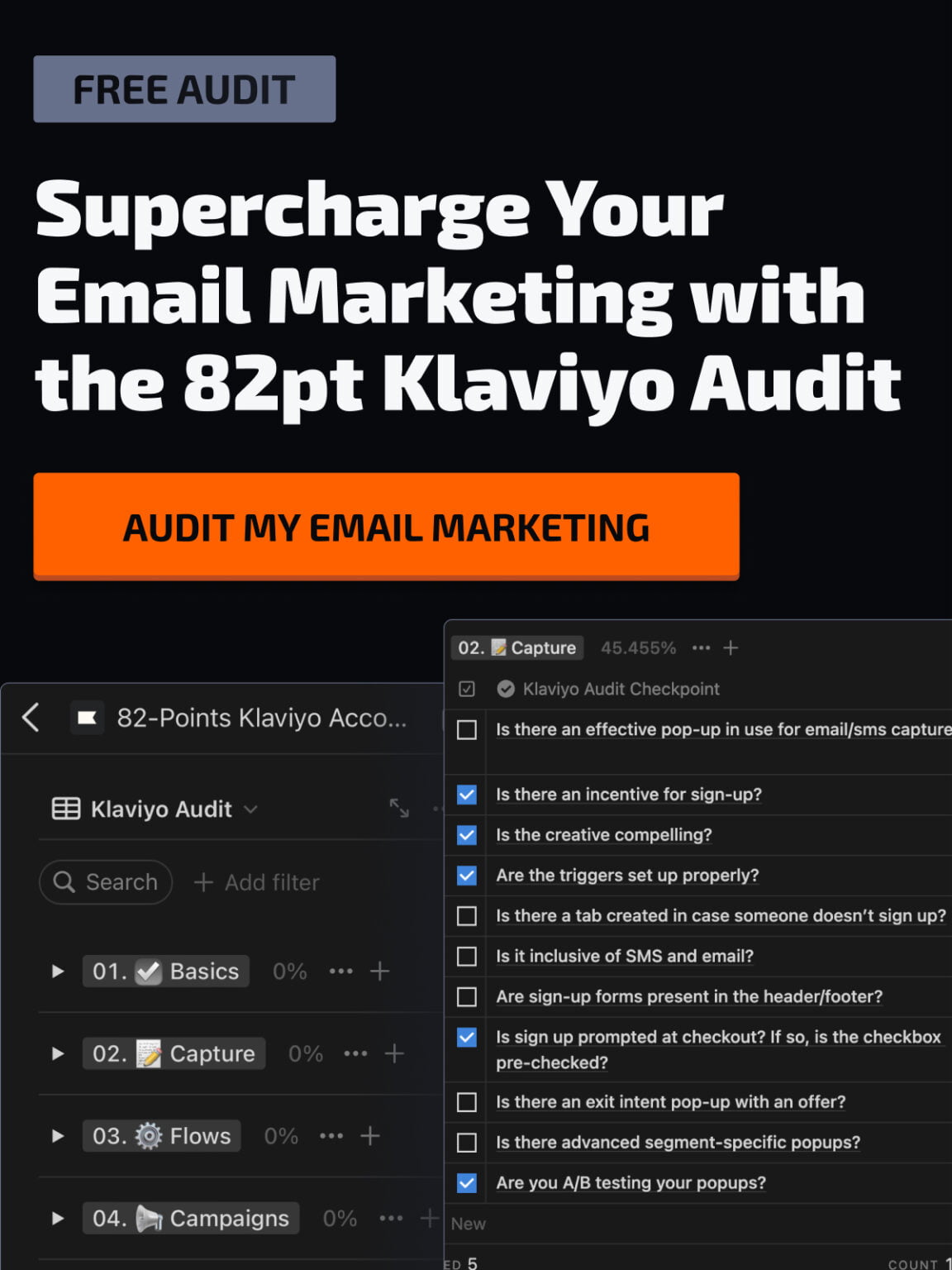What Happens After a Sale?
Every eCommerce site needs a comprehensive email marketing strategy that looks beyond merely making the sale. An effective nurturing sequence will help you to bring your online customers back and get the maximum value out of each successful conversion.
Many brands aren’t aware of the loss they incur by leaving their customers “high and dry” after a purchase. Did you know that by incorporating a follow-up strategy into your digital marketing campaigns you can enhance your customer’s experience, increase your brand following, and boost eCommerce sales?
Here is an example:
Sally buys lipstick from an online beauty store. She loves the company’s ethical commitment to animal welfare and feels good about her purchase. She later gets the order confirmation in her email and waits for her lush lipstick to arrive. Even though she is quite happy with the order once it arrives, the lipstick quickly gets lost in Sally’s vast collection of beauty products. Unfortunately, she probably won’t return to the online store any time soon… unless the store did something extraordinary to capture her loyalty.
That beauty store has missed out on a load of opportunities that could have converted Sally into a life-long customer; if only they’d put a little more effort into their marketing strategy.
Let’s take a look at the top three campaigns that the vendor could have activated in order to follow up with Sally after her purchase:
#1 Approach the customer with a goodwill campaign:
The store offers value-driven content to make a great follow-up impression after the sale.
#2 Reach out to the customer with an advocation campaign:
Make the effort to ensure everything with the order arrived just as expected. This is also an excellent opportunity to gauge the customer’s impression of the company and ask for feedback and social proof.
#3 Get in touch via a win-back/cross-sell campaign:
Win the customers back or cross-sell to them. Draw the buyer’s attention to products related to their confirmed interests, or by simply offering content that catches their attention.
Let’s take a more in-depth look at these strategies and how all eCommerce sites should apply them.
First thing’s first: Goodwill Campaign
Anytime you think of marketing, you must think about relationships. When building long-lasting relationships, building goodwill is a must.
In marketing, you build goodwill with value-driven content that initiates a relationship with the customer. Goodwill campaigns enable businesses to share their stories and get emotional buy-in from customers.
The purpose of this campaign is to solidify the connection between the brand and the consumer.
Think of this as content that introduces your new customer to your brand’s community while providing them value. You want this customer to build a life-long relationship with your brand. To do so, you must ensure that you provide enough value to warrant this kind of commitment.
At this stage, it’s essential to acknowledge how much you value your customer’s purchase, and you should do so by thanking them directly. After all, the customer is always #1.
Enforce this relationship with transparency. Clearly share shipping progress and any other important order information.
You want the customer to feel fully informed and taken care of by your brand. The more transparent you are, the stronger the relationship will be.
This is much more personal than a typical confirmation email and will leave a lasting impression if it’s done right.
Introduce your brand’s key personas and reinforce the brand’s mission and values.
People rather connect with people than companies hiding behind their logos.
Share the founder’s story, their reasons to found the brand and what they want to accomplish. If you need help, make sure to read our guide on how to Clarify Your Message so Customer Will Listen.
As marketing and engagement guru Ezra Firestone explains: “The goal is to bring excitement. This reduces the buyer’s remorse, negative reviews, and refunds because your customers are super-stoked and excited about this product that they’re going to get.”
Using this initial communication after a purchase is a great way to really seal the deal with new clients and create a lasting relationship that exists outside of their purchases.
Follow up: Advocation Campaign
The buck doesn’t stop at delivery. Once the customer has received their purchase, it’s important to pop in and ask if they are satisfied with the order.
This gives you a chance to be proactive about any issues and troubleshoot before the customer has to reach out to you, or worse, write a negative review. Customer service is what separates good businesses from bad businesses, so adopt an above-and-beyond attitude and watch how your buyer’s commitment level skyrockets.
By confirming that they liked their order, you also have a chance to use email marketing to ask for them to share this experience in a review.
In addition, buyers gain immediate value from the recommendations they get from friends and family (83% place the most trust in this kind of guidance, according to Nielsen), and references can go a long way here.
Building a strong referral campaign can change your business. Have you heard about the Dropbox model?
Dropbox was able to grow 3900% by running a simple advocacy campaign. Their 2-sided referral program gives customers 500mb of storage for every referral. On the other side, every customer that joins through a referral link also receives 500mb for free. Uber, Amazon, and other big brands skyrocketed growth using this strategy.
This type of campaign is called an advocacy campaign because its primary goal is getting existing customers to publicly talk up the company and what it sells.
A great way to position your brand to attract advocates is by creating a consistent brand story. Customers will rarely advocate for a company that doesn’t align with their personal values, so engage them with informative content that introduces them to your entire value proposition and ensures that you remain memorable.
Win-Back / Cross-Sell
Finally, make sure you have a Win-Back and Cross-Sell email marketing campaigns in place. These campaigns are ongoing and they rely on consistent communication with your customers in order to get them to buy again.
You can cross-sell to them based on their previous purchases, seasons, events or holidays that are coming up, or by offering a special deal on products they viewed but didn’t yet purchase.
The data you collect about them on your site will help determine what would be good bets to cross-sell.
It’s important to remember that this kind of campaign involves a higher level of personalization. In this scenario, you should target your existing customers with products that you know address their needs – inbound marketing 101. While it’s great to send them suggestions that fit their shopping history, you also need to ensure you’re maintaining an authentic relationship with them.
Share relevant news and insights with your customers, even if it’s not directly related to your store.
Mixing it up between sales content and relationship-building content makes you come across as a genuine and value-adding contributor to their lives.
The goal here is increasing your customer’s lifetime value. By nurturing your relationship with each customer through these campaigns, you’ll find more returning business and ever-increasing lifetime value for each customer.
Need help building your eCommerce email marketing return path?
We help eCommerce businesses just like yours revolutionize their approach to digital marketing strategy. At Harpia, we understanding that relationship-building plays a huge role in the value you are able to extract from each sales interaction. So don’t let another customer checkout without a clear path to come back on. Book a free consultation today.



